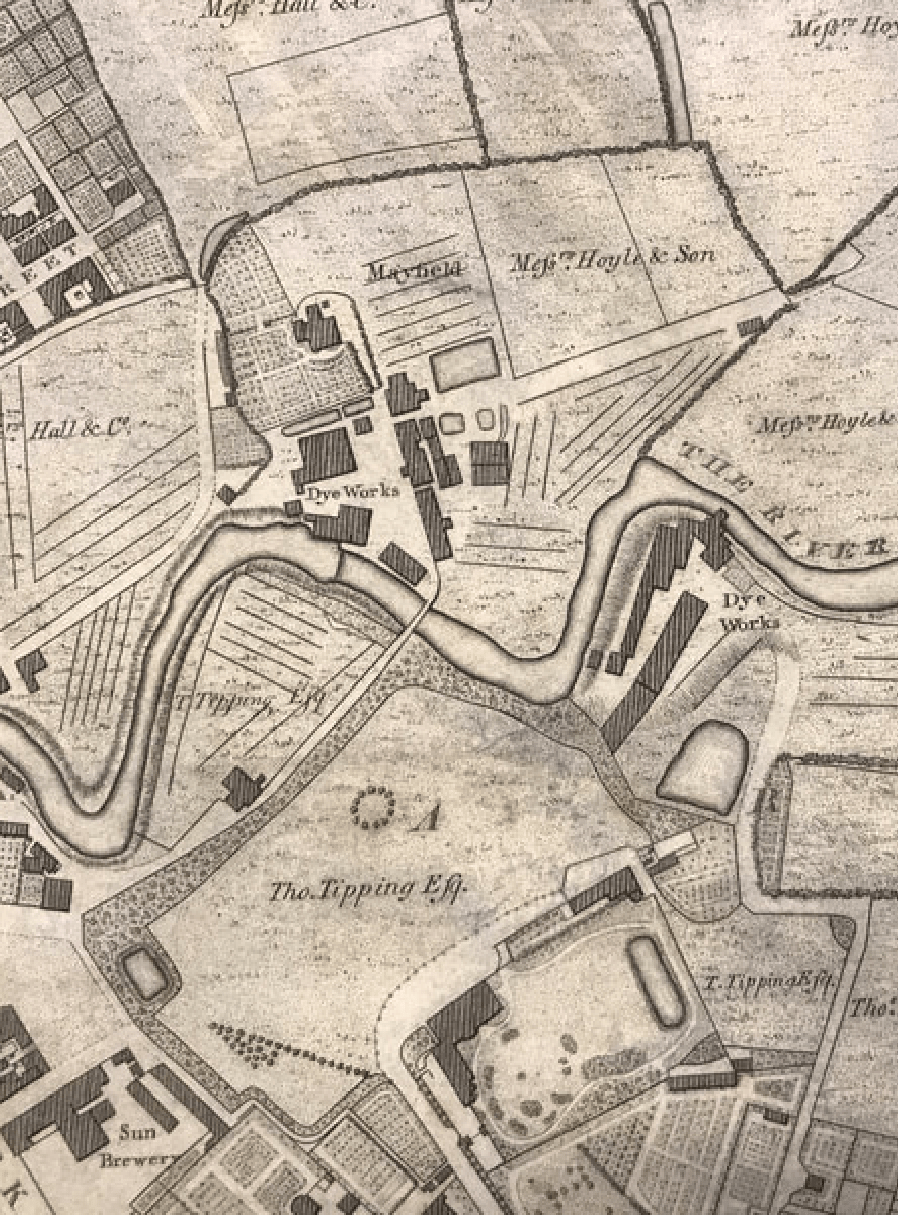Tales of the Market Place. The Fountain that ran with Wine and the Mad King.



Where New Cathedral Street presently cuts from Market Street to Exchange Square was once Manchester’s small and cute market place with its occasionally bloody history. Increasingly by-passed in the nineteenth century, it was effectively finished off by the Luftwaffe in December 1940 and built over in the 1970s.
Here in the Market Place the conduit ran with claret to celebrate the occasion of Charles II’s return from exile in 1660, here Bonnie Prince Charlie, Charles Edward Stuart, halted on his abortive grab for the British throne in 1745, here on the old Exchange the following year the heads of three of his Mancunian officers were displayed as a warning against High Treason. It was in the Market Place in 1783 where Captain Mouncey was killed in a duel with Cornet Hamilton ‘over a dog’ and that poor Rebecca Mee had been publicly whipped in 1774 for ‘embezzling and purloining three pounds weight of combed wool’.
In 1768 King Christian VII had stayed at the Bull’s Head in the Market Place. This pub and inn was the most important in Manchester at the time and famed for its range of wines as well as beers and spirits.
Why was the king here? Christian VII was a strange monarch – the ‘mad monarch’. Married young to British king’s George III’s sister, Princess Caroline Matilda, he was famous for drinking and promiscuity. After he started a relationship with prostitute Anne Benthagen he stated it was ‘unfashionable to love one’s wife’. When his mistress was arrested and exiled he went travelling to alleviate his grief, hence his trip around Europe and to Manchester. He was accompanied by his physician, Struensee, who would become de facto regent of Denmark. Struensee would also become Queen Caroline Matilda’s lover. Scandalised courtiers eventually had Struensee arrested and executed.
A year after the King of Denmark’s visit, in August 1766, Elizabeth Raffald, author of the first mass-popular English cookbook, The Experienced English Housekeeper, had arrived in the city and taken over the running of the Bull’s Head. One of the long disappeared streets close to the Market Place was Smithy Door. The name was given when a customer reneged on a debt to a blacksmith on the street. When the courts demanded proof of the debt the blacksmith removed his door and brought it to the court: the agreement had been scrawled in charcoal on the door.


